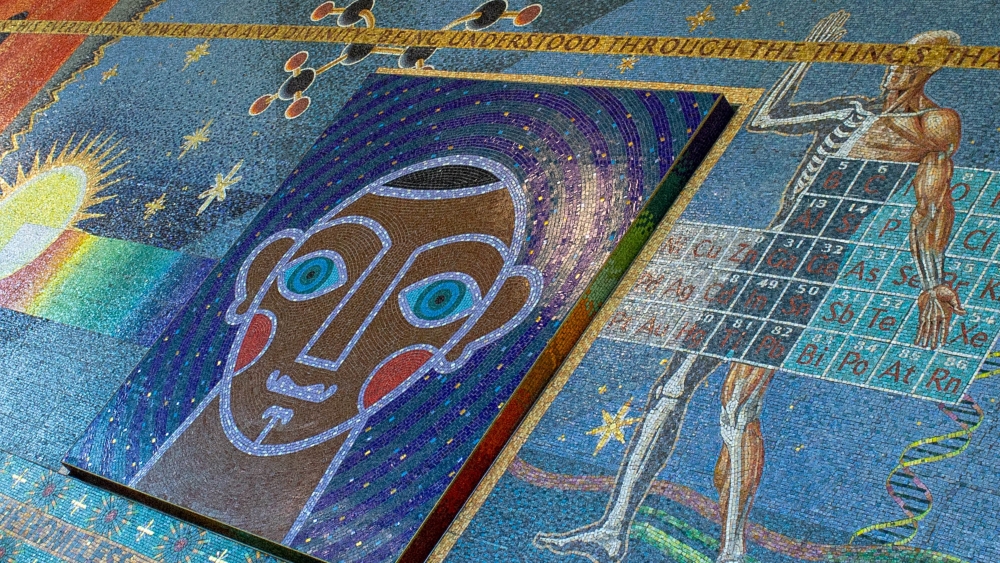Predictors of COVID-19 Vaccine Hesitancy Among Asian Indian Communities in the US: A Cross-sectional Descriptive Study
Purpose
This study aimed to investigate the relationships between demographic variables and vaccine hesitancy to receive the COVID-19 vaccine among Asian Indians (AI) in the United States (US). The researchers also planned to examine the strongest predictor demographic variables of vaccine hesitancy among Asian Indians in the US; to ascertain whether or not age and gender jointly predict vaccine hesitancy in Asian Indians in the US and; to examine whether or not the effect of educational status on vaccine hesitancy is different across all occupations.
Background and significance
Even though COVID-19 is a highly infectious disease, vaccine hesitancy remains a primary barrier to attaining full population inoculation. For many, concern about the safety of the vaccine is one of the major issues that led to vaccine hesitancy.
Theoretical/Conceptual framework
The conceptual framework adopted for this study was taken from Chu’s and Liu’s study (2021). Health behavior theories (HBT) focuses on sets of factors that predict the initiation & maintenance of health behaviors to intention to receive vaccinations (Noar & Zimmerman, 2005; Gerend & Shepherd, 2012; Weinstein, 1993).
Method
The study design was a cross-sectional, descriptive, correlational design. The sample consisted of individuals who belonged to Asian Indian communities residing in the US. Online surveys were issued via flyers with a QR code link to the surveys.
Results
Both descriptive and inferential statistical procedures were employed. Inferential tests included Chi-Square, correlations, linear regressions, multiple regressions, and ANOVA. There were statistically significant differences in the hesitancy score as perceived by nurses of two groups of educational levels; high school and associate degree (p =0.02) and high school and bachelor's degree (p =0.04). There was no statistically significant difference in the vaccine hesitancy score by first, second, and third-generation Asian Indians. But, as age increased, there was a proportionate increase in the vaccine hesitancy score (p= 0.01).
Conclusions
Further studies should evaluate the relationship between increasing age and vaccine hesitancy across various populations in the US. In tandem, continued development and evaluation of interventions for vaccine-hesitant populations is necessary and further research should dictate educational and evidence-based strategies to improve vaccine-related health outcomes.
Predictors of COVID-19 Vaccine Hesitancy Among Asian Indian Communities in the US: A Cross-sectional Descriptive Study


